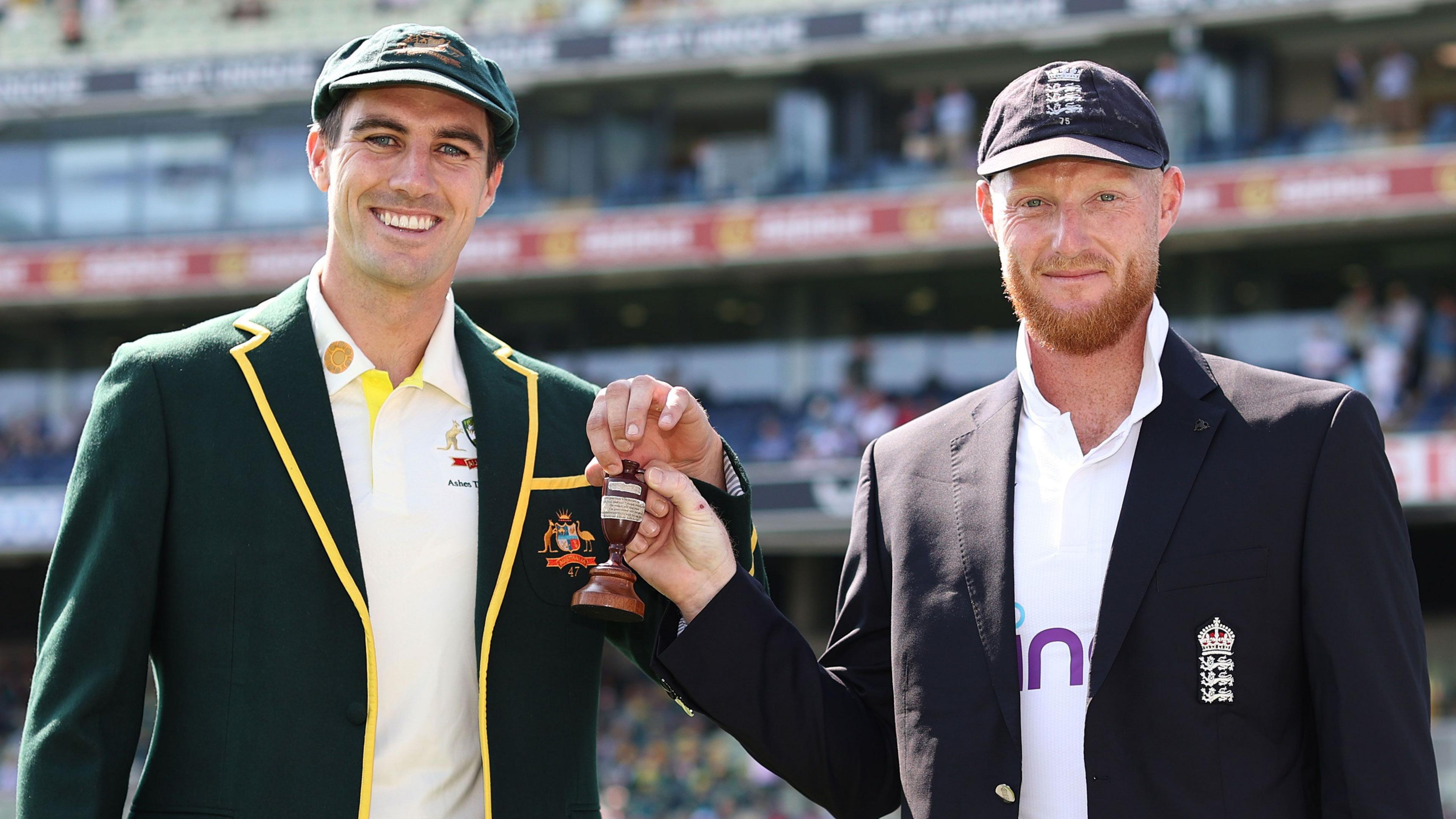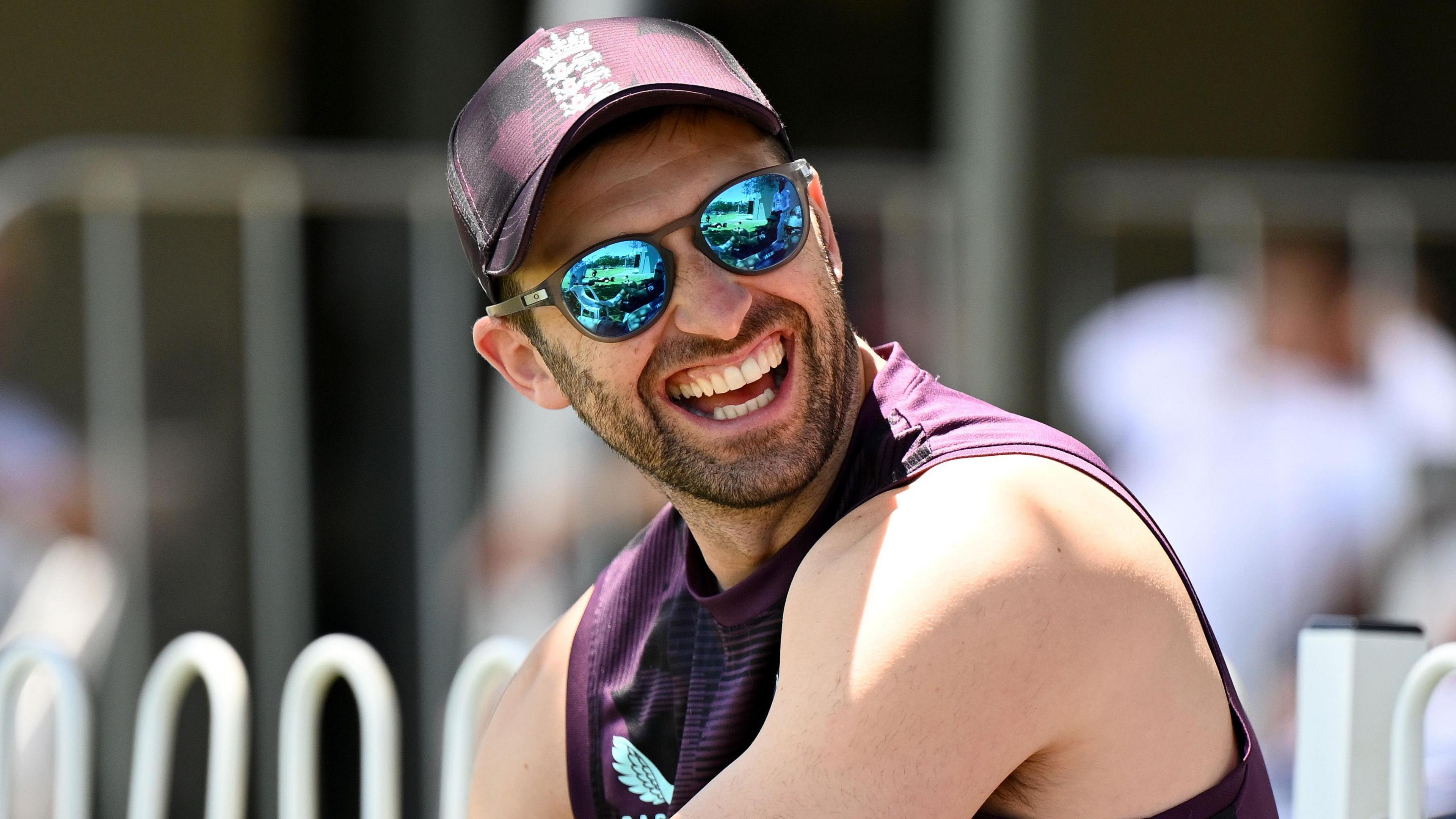
-
-
60 Comments
The first Ashes Test is only days away and I am hearing a lot of talk about the Australia team supposedly being in disarray over selection decisions.
Clearly, losing two quality fast bowlers in Pat Cummins and Josh Hazlewood to injuries is a huge spanner in the works, doubly so when Cummins is the captain.
But what team wouldn’t suffer if they lost two key players? England did not have Ben Stokes and Jofra Archer in the side for their last Test, against India at The Oval in July. They lost.
If you take out the scenario of the two injuries, Australia have only ever had one decision to make, which is around the top order.
Australia have not had a consistent opening partner for Usman Khawaja since David Warner retired at the beginning of last year. Five different men have been tried in the space of 18 months.
They have tried band-aid options, perhaps trying to replicate the success of moving Justin Langer up from number three to open with Matthew Hayden in the team I played in.
Realistically, if you lose an opener, you should replace him with an opener. You wouldn’t replace a fast bowler with a wicketkeeper. For that reason, Australia will probably end the shuffling of the order, leave Marnus Labuschagne at number three and give a debut to Jake Weatherald.
From there, the rest of the batting order takes care of itself. Cameron Green drops to fill the all-rounder role at number six, meaning Beau Webster is squeezed out. It’s tough on Webster, who has done nothing wrong.
The other criticism heading towards Australia is the age of the team. The likely XI for the first Test at Optus Stadium on Friday will only have Green under the age of 30.
I really do not see that as a problem in this Ashes series. The reason this team has grown old together is because it has been successful together.
With age comes experience. I played in a team in a similar situation in the 2006-07 Ashes. We only had Michael Clarke under the age of 30 and we won 5-0.
Maybe it will be an issue for the selectors over the next 12 to 18 months as players end their careers, but it’s not one to be addressed now. So long as a player is performing, age does not matter.
I do wonder about the process that has led to both Cummins and Hazlewood being made unavailable for the first Test.
It feels like things have changed so much in the decision-making surrounding players, that backroom staff and those outside the dressing room might have too much influence.
We did not have routine scans. If you were not quite at 100%, but felt you could push through and play, you played.
Now there is a trend to err on the side of caution. If a player feels a niggle, he is told to rest.
If I had gone through routine scans, I like to think I would have been OK. I only had a short delivery stride, so there was not the strain on my back. It was in good condition when I played and still is today.
But my old new-ball partner Jason Gillespie reckons he would never have played a Test if he was put through routine scans. His back would have lit up like a Christmas tree.
The hope for Australia is Cummins and Hazlewood are fit for the second Test in Brisbane, because England will certainly view the home attack in a different light without them.

I got a close look at the England team, and their approach under Ben Stokes and Brendon McCullum, during the Ashes in the UK in 2023.
I love England’s method, but I’m not sure about this idea of ridding players of pressure and expectation.
To me, the very best players thrive under pressure. They want to stand up and meet expectations. The bigger the stage, the better they perform. You should not try to rid pressure and expectation, you should use them as motivation.
Besides, if England believe this is their best chance to win in Australia since 2020-11, is that not a pressure of its own?
I saw Stuart Broad say this is the weakest Australia team since that last England win here 14 years ago. Really?
The last three series England have played here they have lost 5-0, 4-0 and 4-0. They have not come close to winning a Test and were lucky not to lose every single one.
It’s not a huge call to say this is the «weakest» Australian team in 15 years. If Australia win 3-0, it would be a fantastic result, but still not as dominant as the previous three. Does that make them the weakest?
The challenge for England is to adapt to the conditions. The pitch in Perth will be the quickest, most bouncy of the five Tests. Touring teams can see the ball fly through and get carried away, bowling too short. When the pitch is fast and bouncy, you have to find the right length.
It’s not just the pitches that will be alien to England. The Kookaburra ball feels different in the hand to the Dukes ball used in the UK. The Kookaburra feels bigger, with a smaller seam. It offers much less assistance.
And how will England play Bazball on the big Australian grounds? English grounds are smaller. If you’re going to try to hit sixes in Australia, make sure you hit them a long way, otherwise you’ll be caught.
When England are confident, they can be a real handful. They have a huge chance in the first Test, with Cummins and Hazlewood missing. If they can take that chance, it will give them confidence for the rest of the series.
If England lose in Perth, they could be in for a very long series.
Glenn McGrath was speaking to BBC Sport’s Stephan Shemilt.
The Ashes: Australia v England
21 November 2025 – 7 January 2026
In-play clips and highlights on iPlayer, BBC Sport website and app. Ball-by-ball commentary on BBC Sounds, BBC Radio 5 Sports Extra and the BBC Sport website and app, which will also have live text commentary and daily features and analysis
Related topics
- England Men’s Cricket Team
- Australia
- The Ashes
- Cricket
-
All you need to know about the 2025 Ashes
-
2 days ago

-
-
England’s chance is now: Perth, the Optus & Ashes
-
1 day ago

-
-
Get cricket news sent straight to your phone
-
16 August

-









